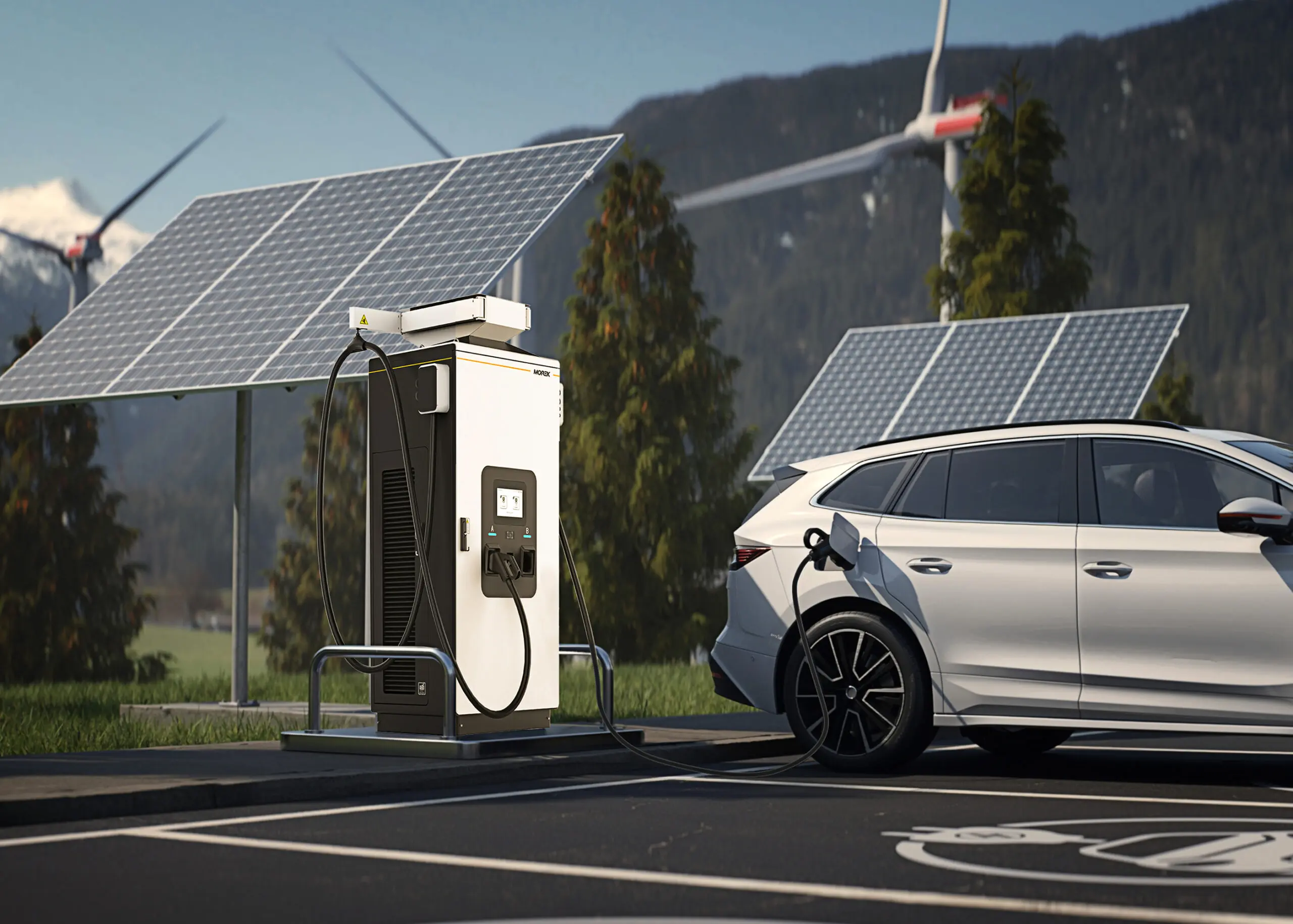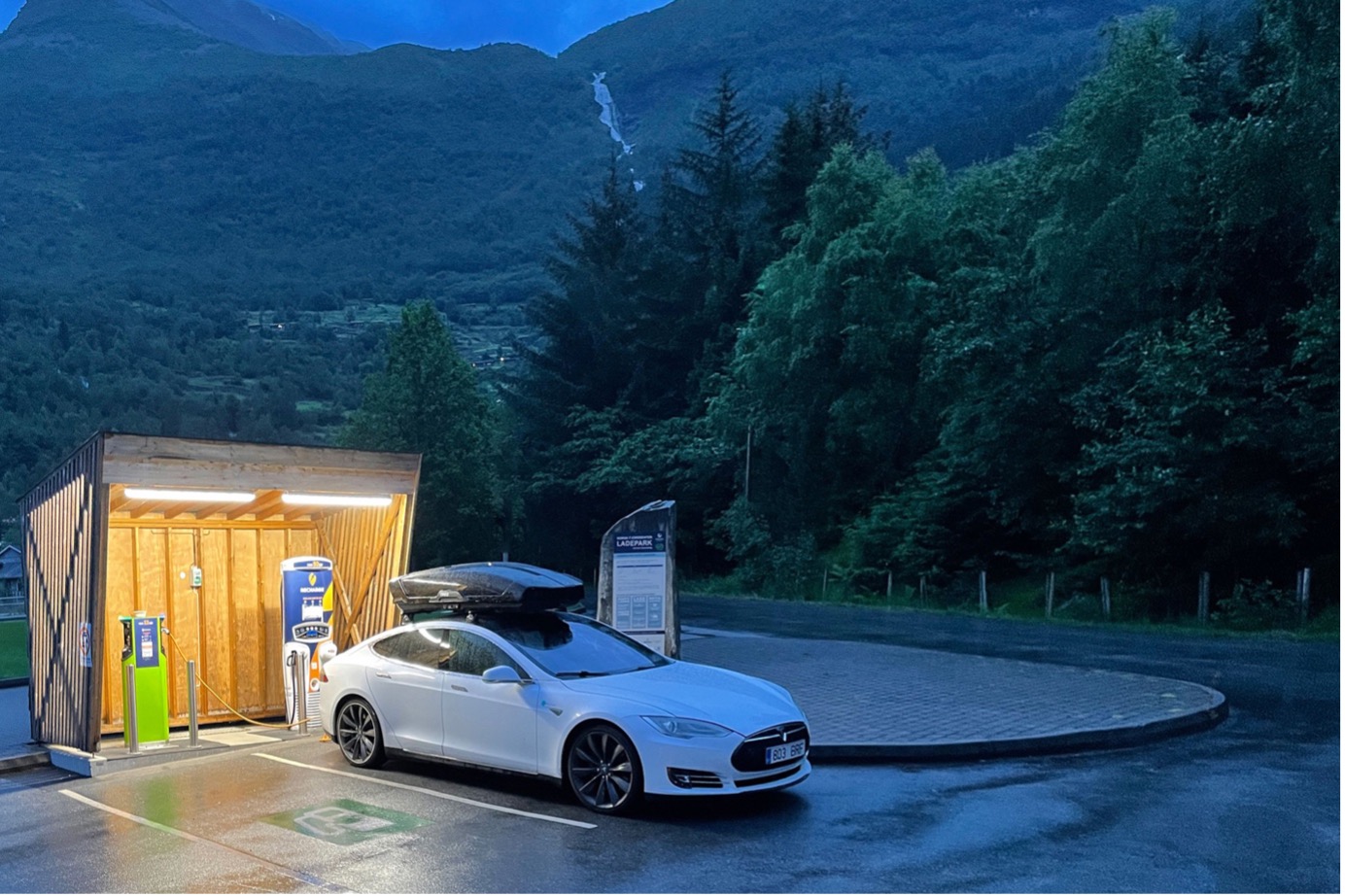Strategic Foundations for a Smarter Charging Network
The backbone of any EV expansion is the charging infrastructure. Without reliable access to public and private charging options, even the best EV incentives fall flat. For energy companies and infrastructure developers, the time to act is now.
1. Smart Market Analysis
Before any equipment is purchased or ground is broken, there needs to be a solid understanding of EV adoption trends, growth potential, traffic patterns, and user behavior. Tools like GIS mapping, AI-based demand forecasting, and user journey simulations are no longer optional – they’re essential for efficient planning.
2. Mixed-Use Charging Models
No single charger fits all. The actual need is a blend of:
- Level 2 chargers in residential and commercial areas
- DC fast chargers along highways
- Ultra-fast hubs near key transit zones
- Flexibility in charger types ensures the system is inclusive and scalable.
Flexibility in charger types ensures the system is inclusive and scalable. But flexibility isn’t just about speed — it’s also about design. Chargers must be free from manufacturer lock-ins, meaning they should support open standards like OCPP and allow full configurability without proprietary barriers.
At the same time, hardware design matters: a modular approach with smaller kW power modules reduces both downtime and repair costs, making maintenance less painful for both the user and the owner.
3. Renewable Energy Integration
Powering chargers with solar or wind energy reduces the carbon footprint and makes EV charging part of a cleaner energy ecosystem. When combined with battery storage, it also helps ease pressure on the grid during peak hours.
Personally, I also see a strong case for nuclear in this transition – but that’s a topic for another post.
4. Digital-First Infrastructure
Smart charging features such as load balancing, mobile payments, slot reservations, and real-time usage monitoring are now expected by users. Integrating IoT and cloud-based platforms will keep the system efficient and future-proof.
5. Location Intelligence & Partnerships
Selecting high-traffic and high-visibility spots (shopping centers, parking garages, tourist hotspots) improves ROI and user experience. Working closely with local governments, real estate developers, and retail chains can open doors for strategic placements.




